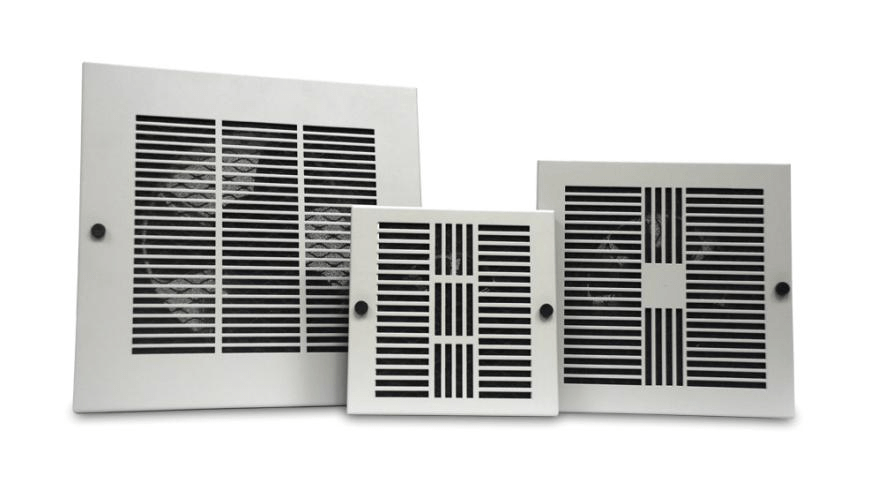4 Steps to Diagnosing Enclosure Cooling Fan Issues

Enclosure cooling fans are one type of cooling device used to help keep heat producing electrical components from overheating. Fans are unique in that they are considered to be an open loop cooling system whereas air to air heat exchangers and enclosure air conditioners are closed loop systems.
An open loop cooling system means the ambient air enters the cabinet and is passed over the heat producing components to keep hot spots from forming and is then expelled from the enclosure. Even in the cleanest environments, enclosure cooling fans should have some type of air filtration to keep particulates from entering the enclosure.
Enclosure cooling fan issues often go unnoticed until electrical components begin to malfunction and eventually fail. Regular inspections and routine filter maintenance usually help keep potential problems from happening but issues can arise even if maintenance is regularly done.
In the event a cooling fan issue does arise, the following steps will help make diagnosing enclosure cooling fans easier.
1. Verify Fan Operation
Verify the enclosure cooling fans are operating. If the fans are not operating, check to make sure the power has not been interrupted. If the power supply to the fans is on, there may be a wiring issue such as an electrical short, a blown fuse or a loose wire connector.
Although a rare condition, total fan motor failure is also a possibility.
2. Check the Environmental Conditions
If the fans are operating but not maintaining a safe enclosure temperature, ensure that the ambient temperature is not too high. Open loop cooling systems require that the ambient temperature is about ten degrees below recommended equipment operating temperature specifications.
Besides the importance of a lower ambient temperature, the amount of heat produced inside the enclosure by the electrical components also needs to be established. This will help determine if the enclosure cooling fans are generating the required air flow rate for your particular application. The best way to determine the proper air flow rate is to use the enclosure temperature management (ETM) calculator
3. Check for Efficient Airflow
It needs to be kept in mind that when open loop cooling systems are used, enclosure cooling fans offer two types of airflow options. The first type pressurizes the electrical enclosure and the second creates a vacuum. Pressurizing the enclosure is preferable because it utilizes all vents and improperly sealed areas as a way to expel heated air, whereas the pulling air into the enclosure tends to draw more dirt and dust into the enclosure. Therefore pressurizing filtered air entering the enclosure allows for better airflow control.
However, in both above mentioned cases restricted airflow can drastically reduce performance of cooling fans. Enclosure cooling fans require a minimum of 5 in (13 cm) of free space at both fan air inlet and exhaust outlet to allow for effective air flow to properly cool heat producing components.
4. Check Fans for Sufficient Airflow
Enclosure cooling fans are designed to move large volumes of air at a constant rate. A less than normal air flow rate may result from the fan RPMs (Revolutions per Minute) being less than the normal range of operation, which can cause temperatures inside the enclosure to rise.
Fan blades should spin freely and smoothly without restriction. Any resistance can indicate worn fan motor bearings.
Verifying Enclosure Cooling Fans are the Best Cooling Solution
Continuous operation in locations with extreme operating conditions such as heavy dust and dirt, cooling fans may fail before their maximum life expectancy. In applications where the ambient temperature is too high, enclosure cooling fans may not be able to sufficiently cool sensitive electrical components. If these conditions exist, the enclosure cooling fans may need to be replaced with an air to air heat exchanger or an enclosure air conditioner.
If you need technical advice with your enclosure cooling fan application, contact the experts at Thermal Edge, who will help with your enclosure cooling system needs.

